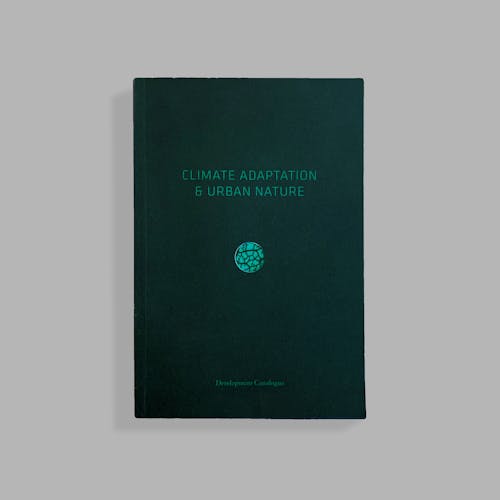The Expanded Rouge National Urban Park
A blueprint to combine natural ecosystem preservation, farming, and rural revitalization into the largest urban national park in North America.

Location
Ontario, Canada
Size
114 sq km
Year
2024 — 2026
Client
The Waterfront Regeneration Trust, Friends of the Rouge National Urban Park
Role
Lead landscape architect
Partners & Collaborators
Alliance for a Liveable Ontario, Greenberg Consultants, Canadian Urban Institute, School of Cities U of T, Environmental Defence, Greenbelt Foundation, Green Durham Association, Land Over Landings, Ontario National Farmers Union-Ontario, Ontario Federation of Agriculture, Ontario Farmland Trust, Toronto and Region Conservation Authority.
Challenges
Typology
Together with a broad coalition of partners, we have created a Shared Vision for the Expanded Rouge National Urban Park in Ontario, Canada.
The vision calls for the incorporation of the Pickering Federal Lands into the existing Rouge National Urban Park, thus creating a total of 28,194 acres (or 114 square kilometers) of urban national parklands – equivalent to 1.3 times the size of Manhattan – and the largest urban park in North America.
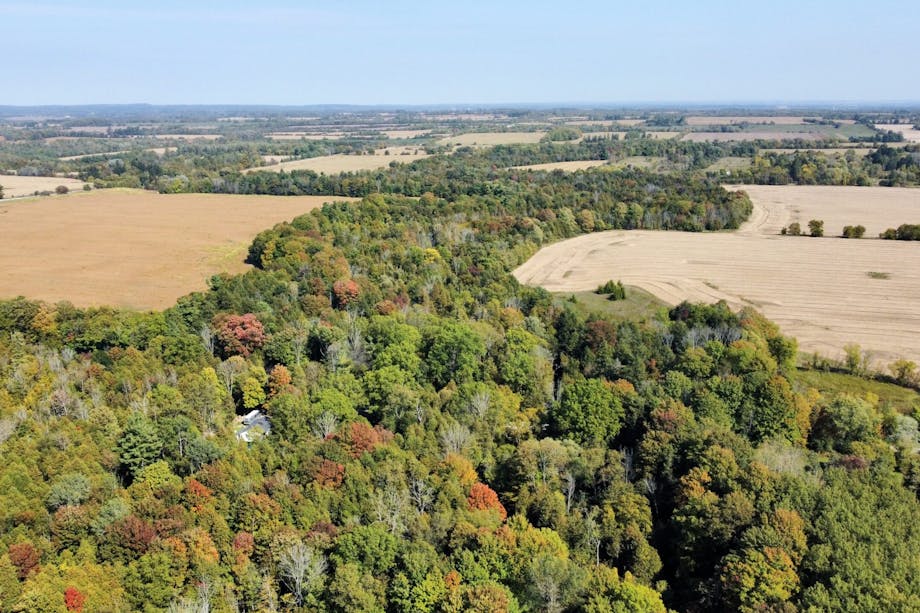
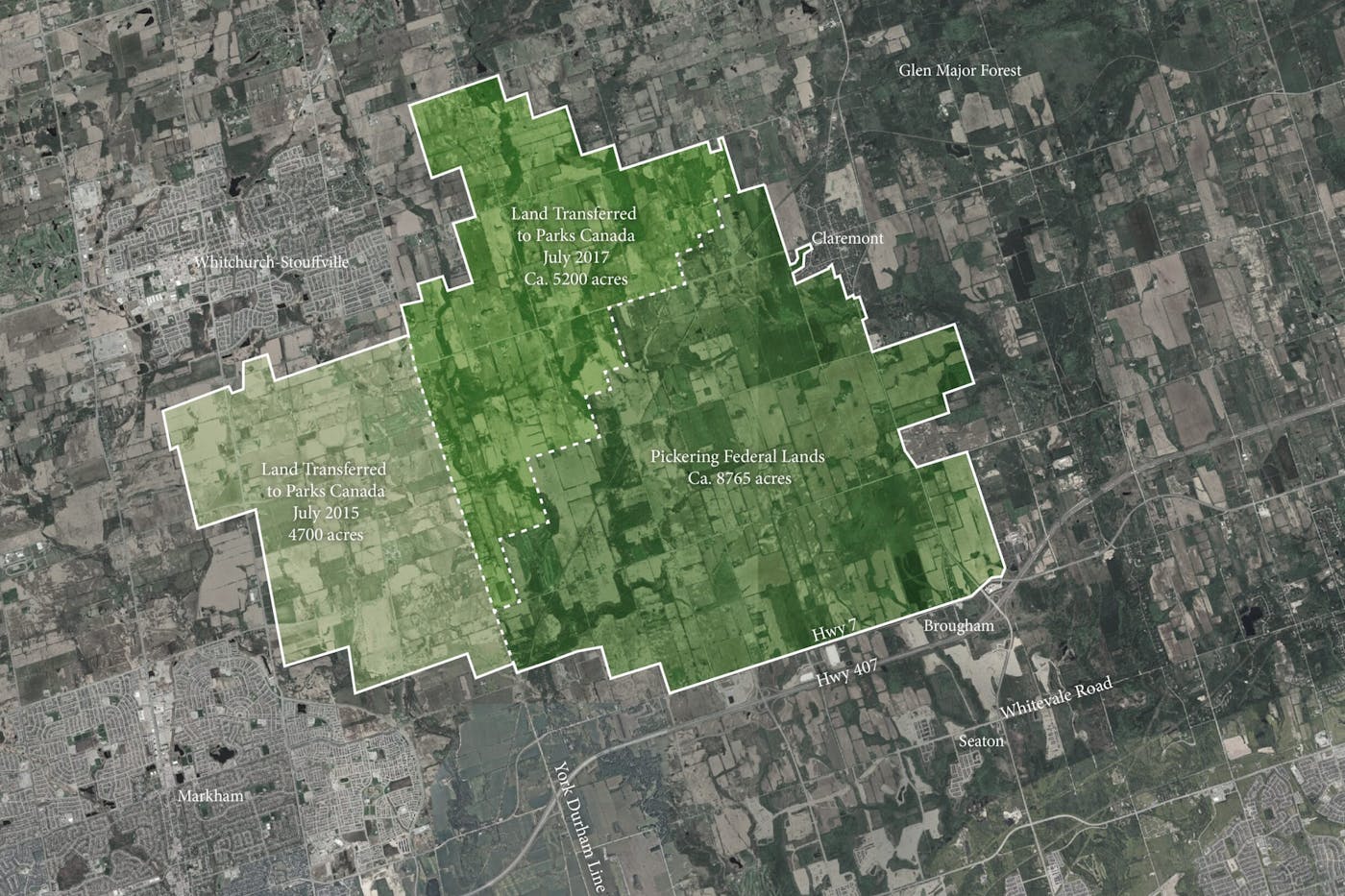
In 1972, the Canadian government expropriated 18,600 acres (7,527 hectares) of Pickering Federal Lands in Southern Ontario for an international airport that was never built. Now, over 50 years later, these lands remain underused, while surrounding communities and ecosystems face significant pressures.
By removing the threat of the airport, a unique one-time opportunity to leverage this vast area opens, incorporating the Pickering Federal Lands into an Expanded Rouge National Urban Park.
This would allow for creating a world-class model of coexistence between nature, farming, and rural communities, simultaneously addressing environmental conservation, agricultural innovation, and rural revitalization.
“With our Shared Vision for the Rouge National Urban Park, we create a wholly new model of coexistence between environmental conservation, farming, and rural revitalization.”
— Rasmus Astrup, Design Principal & Senior Partner

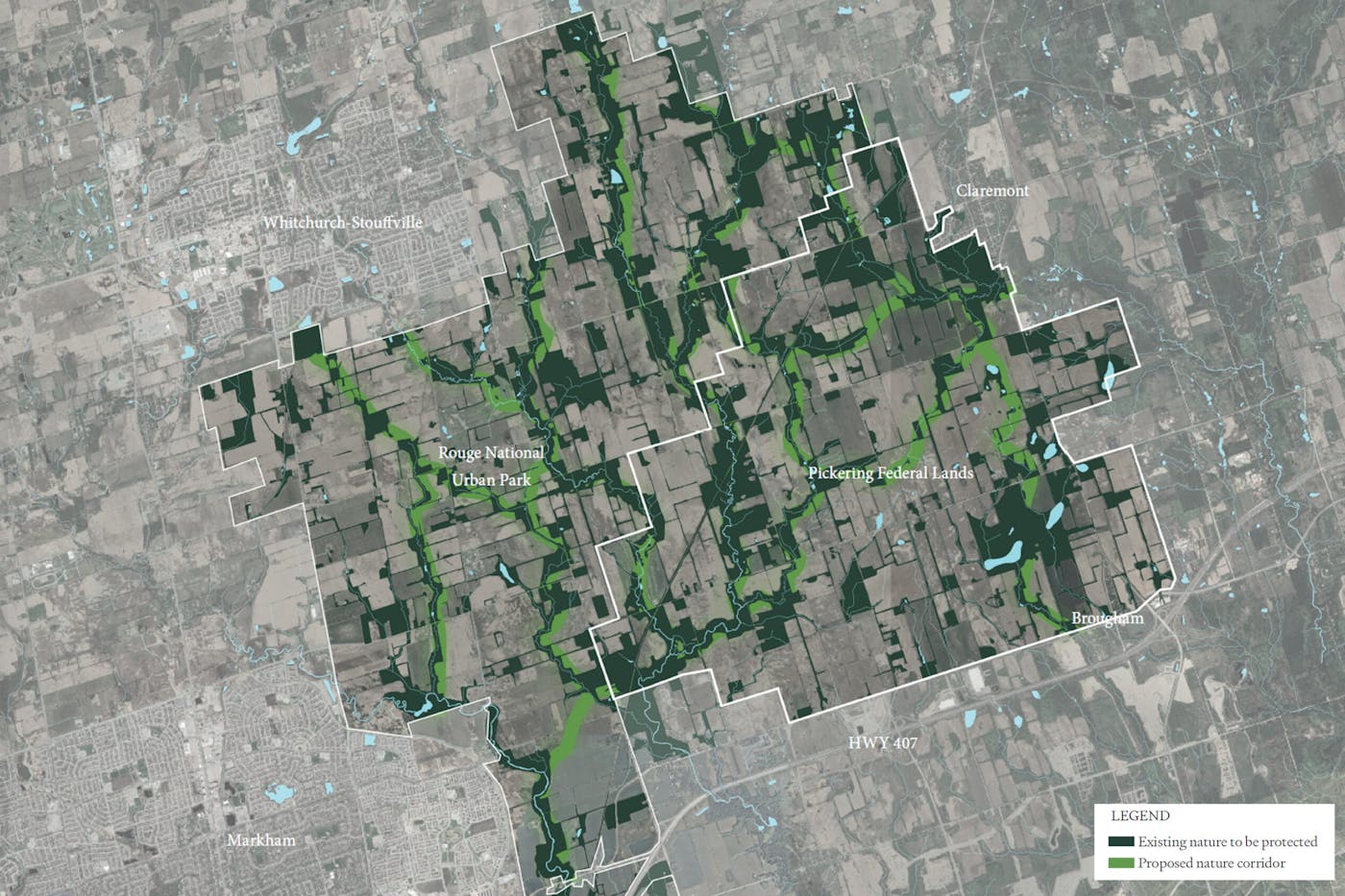
The Pickering Federal Lands contain a diverse mosaic of ecosystems, including the Duffins Creek watershed and some of Canada’s best agricultural land.
By designing a Shared Vision for the Expanded Rouge National Urban Park, we preserve Pickering’s prime Class 1 farmland alongside the Greater Toronto Area’s (GTA) unique natural ecosystems.
The vision combines the protection and enhancement of these natural resources through new farming practices, agritourism, and community revitalization.


The Shared Vision builds on the area’s historical significance, including indigenous values, farming legacies, and heritage structures, while looking toward future sustainability – bringing multiple benefits to the region while safeguarding the area’s ecological and agricultural value.
The ecosystem services that nature provides are our ‘natural capital’. Without their irreplaceable functions, such as pollination, climate-changer mitigation, soil health, carbon sequestration, flood protection, and water filtration, we will jeopardize our future food security, and there will be no negotiation in the world that will restore that.
By mapping the vast site’s nature assets (topography, hydrology, forest inventory, habitats, soil types, endangered species, etc) we propose a series of concrete interventions on different scales (S-M-L-XL): From the large-scale reconnection of The Greenbelt with Lake Ontario and the introduction of new agroforestry models, to the design of tree-lined fencerow connections – reconnecting division lines across farmlands to create continuous ecological corridors by planting trees along fencerows.
“By restoring and expanding the park’s precious ecosystems we are creating even more vibrant places for millions of GTA residents to discover and connect with the incredible wildlife, forests, marshes, and meadows found in the remarkable Rouge National Urban Park.”
— Rasmus Astrup, Design Principal & Senior Partner
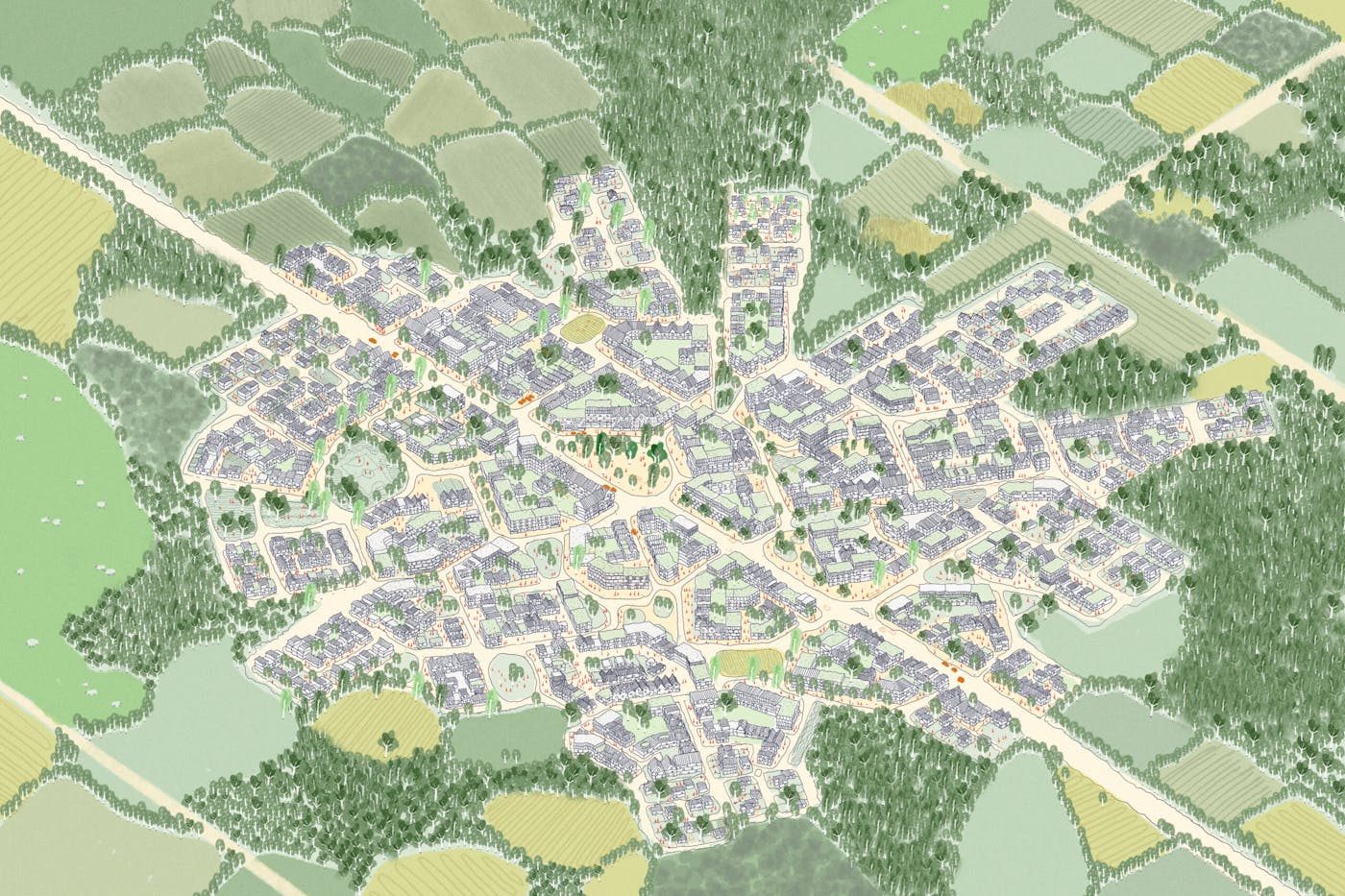
The Shared Vision for the Expanded Rouge National Urban Park creates a wholly new model of coexistence between environmental conservation, agriculture, and rural revitalization.
By expanding and restoring the park’s precious ecosystems we are creating even more vibrant places for millions of GTA residents to discover and connect with the park’s incredible wildlife, forests, marshes, and meadows.
New models of extensive farming and agroforestry, which are deeply rooted in indigenous values and practices, protect both farmland and nature.
New design models for the 21st Century hamlet (village) enhance and strengthen the local community.

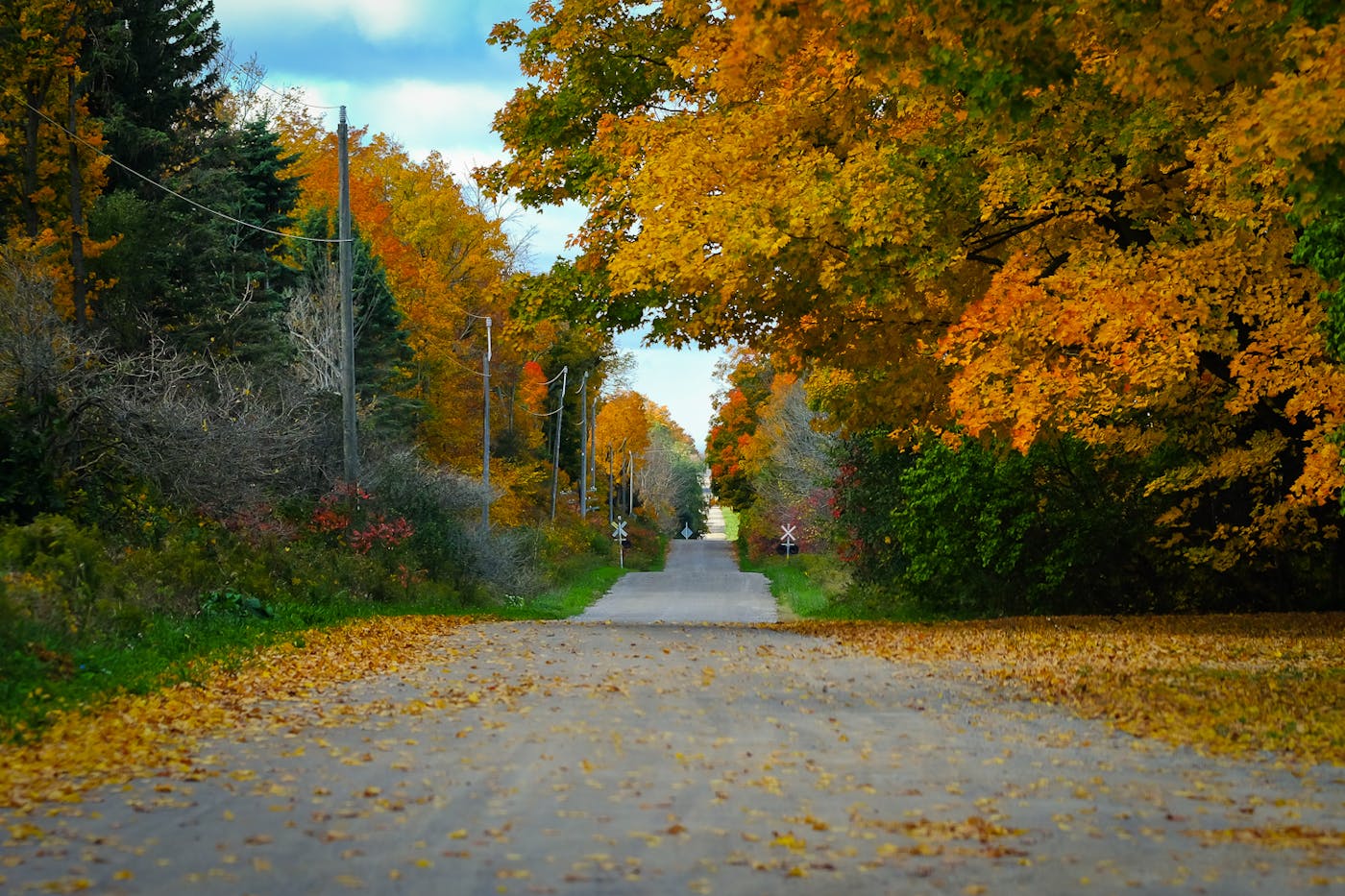
In conclusion, this Shared Vision for the Expanded Rouge National Urban Park incorporating the Pickering Federal Lands into RNUP represents an unparalleled opportunity to address some of Ontario’s most pressing environmental, agricultural, and community challenges.
By demonstrating how nature, farming, and rural communities can thrive together, this expansion offers a forward-thinking solution for the 21st century – relevant not only for Pickering and Ontario but indeed for most of the world.




